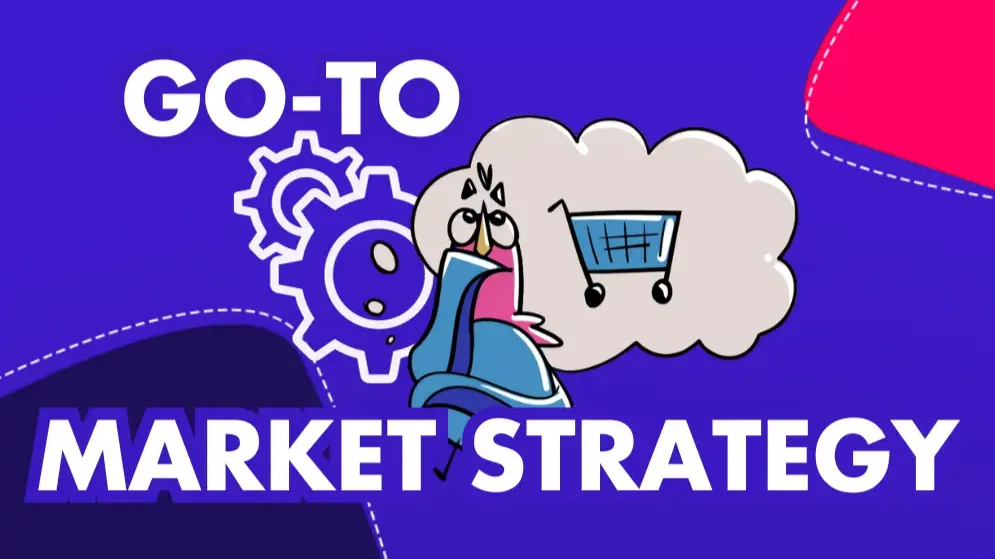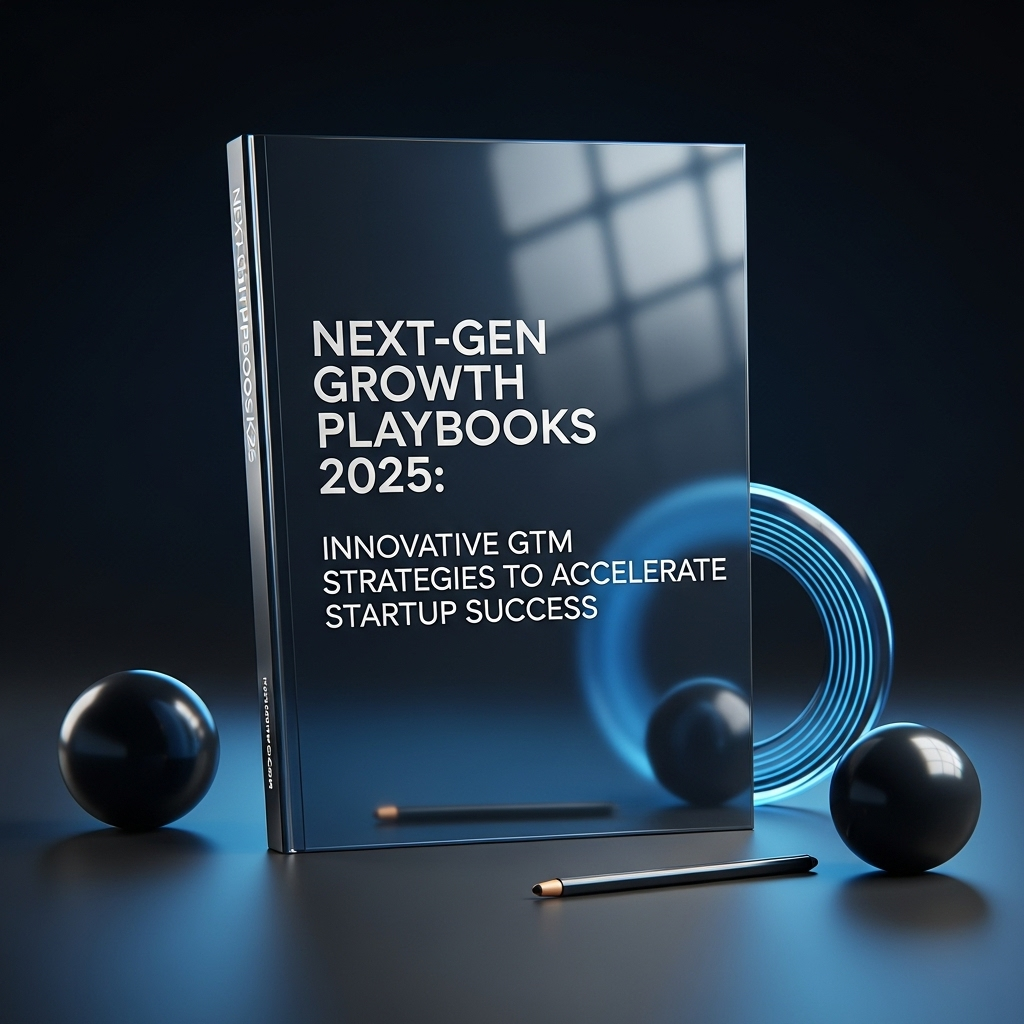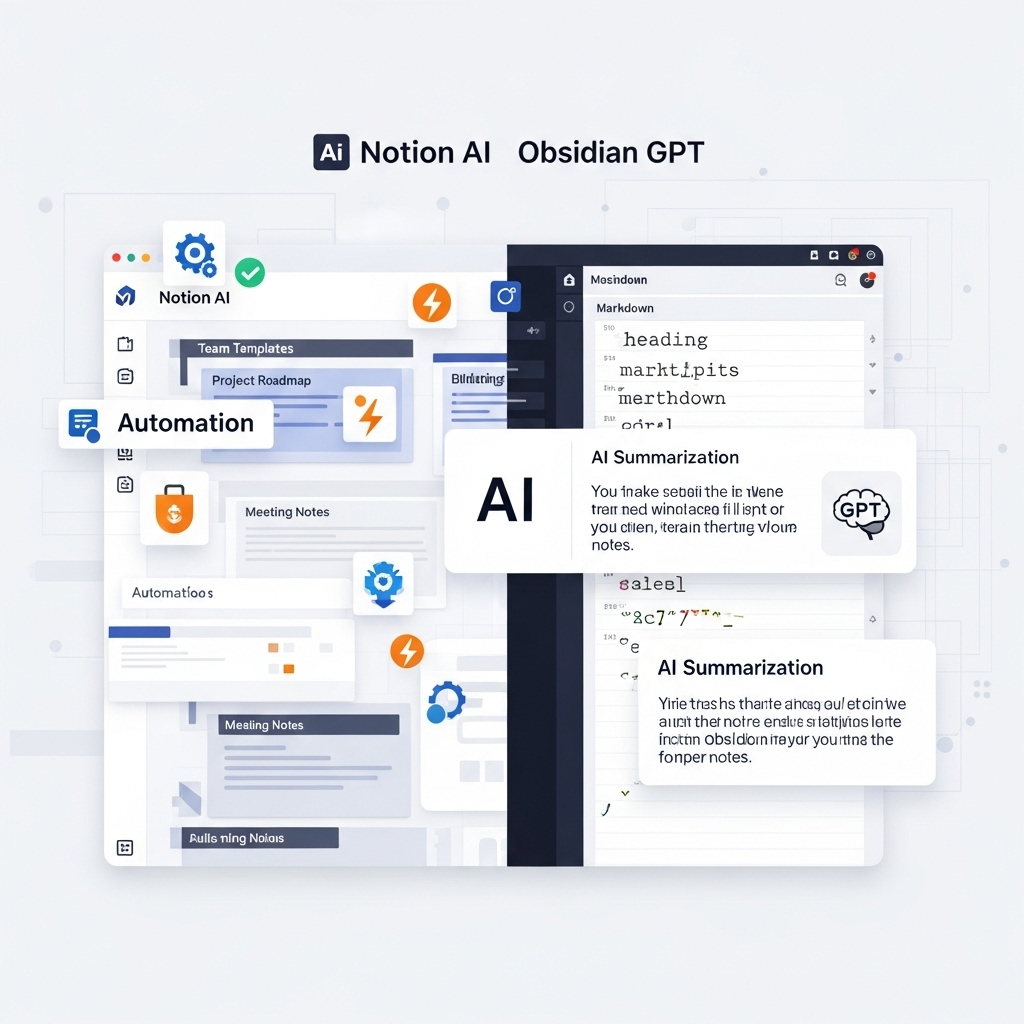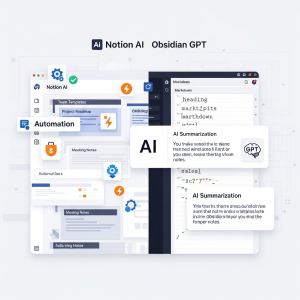Introduction
Scaling a startup requires more than random outreach campaigns. Modern startups leverage structured growth workflows to generate leads, engage prospects, and convert them into paying customers consistently. Innovative GTM strategies today combine hyper-personalized emails, multi-channel campaigns, and AI-powered targeting. The key is creating a playbook your team can follow, track, and optimize over time. In this guide, we’ll explore defining smart ICPs, executing multi-channel campaigns, automation best practices, and tracking metrics to ensure measurable growth results.

Defining Smart ICPs
The foundation of any GTM workflow is a clear understanding of your Ideal Customer Profile. Using analytics and AI-powered tools, you can filter prospects by industry, company size, roles, and engagement potential. By analyzing historical data, you can prioritize leads that are most likely to convert, ensuring your outreach is efficient and targeted.
Hyper-Personalized Campaigns
Email sequences should adapt to the prospect’s behavior. For example, if a lead opens an email but doesn’t click a link, a follow-up highlighting a case study or relevant resource can increase engagement. Personalization includes referencing their company, role, challenges, or industry trends. Avoid generic pitches that fail to resonate.
Multi-Channel Approach
Combine email campaigns with LinkedIn outreach and retargeting ads. Multiple touchpoints improve visibility, credibility, and the chances of response. For instance, a LinkedIn connection request followed by a value-driven email can create familiarity before presenting an offer.
Automation With a Human Touch
Platforms like Lemlist, Apollo.io, or HubSpot allow you to automate sequences without losing personalization. Automation ensures consistent follow-ups while freeing up time for your team to focus on high-value prospects. Dynamic placeholders, behavior-based triggers, and timely follow ups maintain a personal touch.
Tracking and Metrics
Real-time dashboards are crucial to track open rates, replies, demo conversions, and overall pipeline growth. Weekly reviews help identify underperforming emails and segments, allowing quick iterations. Data-driven decisions replace guesswork and increase campaign efficiency.


Growth Optimization Tips
-
Test different subject lines, email lengths, and CTAs.
-
Combine email content with case studies or resources to provide tangible value.
-
Segment high-value leads for premium outreach strategies.
-
Leverage behavioral triggers to send emails after prospects interact with content or website pages.
Conclusion: A structured, innovative growth playbook is a startup’s secret weapon. Start with one ICP, run a small sequence, analyze the results, and scale systematically. Predictable growth comes from a combination of strategy, personalization, automation, and continuous optimization.
Subscribe to the Trusted Stak newsletter for more actionable financial strategies and step-by-step playbooks.












![Is Jasper AI Worth It in 2025? [Full Review + Affiliate Link]](https://trustedstak.com/wp-content/uploads/2025/02/217b4200-64d0-446a-8849-969950410bca-e1757354488987.jpg)
